ASRock X79 Extreme11 Review: PCIe 3.0 x16/x16/x16/x16 and LSI 8-Way SAS/SATA
by Ian Cutress on September 3, 2012 10:15 AM EST- Posted in
- Motherboards
- ASRock
- X79
- LSI
- PLX
ASRock X79 Extreme11 Software
Despite the tweaks made to the presentation of the ASRock BIOS for the X79 Extreme11, we have not any tweaks to the standard software in the OS. The staple of the ASRock software package is the ‘555’ system, whereby ASRock state that their XFast RAM, XFast USB and XFast LAN can offer up to 5x performance (as long as the appropriate benchmark is chosen). Around this is the ASRock eXtreme Tuning Utility (AXTU), which houses the majority of the in-house made software for overclocking and fan controls.
The Driver CDs with ASRock products are always relatively easy to use – one click installs all the necessary drivers and another click to software with no intervention needed by the user.
Also in the X79 Extreme11 package we get extra bundled software for the LSI chip called MegaRAID, and the Creative Sound Core3D chip on board also has its own software package in the form of TruStudio. Both will be detailed here.
AXTU (ASRock eXtreme Tuning Utility)
The AXTU utility attempts to be the centerpiece of the ASRock software, providing a hardware monitor, fan controls, overclocking controls, power saving utilities, and more recently, the inclusion of XFast RAM.
The hardware monitor is self describing, but the fan controls echo the ones scene on many ASRock boards of past. Instead of a simple graph demonstrating RPM % as a function of temperature, ASRock give us the option to choose a target temperature, then a ramp in the form of a level 1-10 option. One assumes that Level 10 is the most aggressive, but it is unknown if that ramp is the sharpest or the shallowest – it is hard to define aggressive in this context. Other fan headers are also given ramp options without the target temperature. It would be relatively very easy to knock up some software to actually control these fans properly relating to the temperature sensors on board – a focused effort is required by the manufacturer in order to envisage such controls though.
The overclocking tools offer BCLK and CPU ratio adjustments, as well as voltages. It strikes me as odd that the CPU voltage is offered as an offset, but the memory voltage is offered as a fixed value. This could be because of how these voltages are determined electrically, and the fact that this software has to be able to deal with many processors that all have different VIDs, but that should not deter the software from providing both an actual and an offset option.
The XFast RAM bit of the software is what we find most interesting. Due to the X79 platform, we have functionality up to 64 GB of memory. The ideal scenario would be to partition some of this off into a RAM Disk or a RAM Cache – this is exactly what XFast RAM does. We can allocate a disk size, and then ask the software to configure this RAM Disk as storage for temporary or cache files in order to speed up processing.
XFast LAN
The XFast LAN software is ASRock’s re-branding of cFosSpeed, a software management tool for networking capabilities. The retail price of around 10 euros is absorbed by ASRock, presumably with some bulk sales deal, and for a little extra CPU power used, the network traffic can be monitored and shaped as required for all networking devices.
XFast USB
The XFast USB software is a staple part of the ASRock package. This is licensed software with ASRock re-branding works on the principle that the default drivers for USB ports in Windows 7 are flawed. By invoking a rewritten driver when a device is inserted, the USB port can call upon BOT (Bulk Only Transfer) commands in order to improve throughput (at the expense of latency). In our testing this driver increases speed for large transfer size files by a good margin, although for smaller transfers the UASP commands offered by other manufacturers offer an advantage.
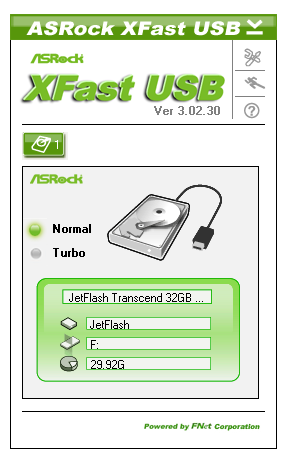
MegaRAID
The MegaRAID software comes direct from LSI, and is used to manage the SAS ports on the motherboard. The main feature of the software is to create and manage the RAID arrays – either RAID 0, 1 or 10. In our testing later, we will show the functionality when we test all eight ports at RAID-0, however due to the software we were limited to a 64 KB stripe size in our arrays.
The MegaRAID software allows users to define an array in a ‘Simple’ or ‘Advanced’ mode.
TruStudio
The audio software comes direct from Creative, and offers a wide range of manipulation techniques for your audio, including a proprietary technology called scout mode, which we assume is a software filter to increase the volume of typical footstep frequency sounds. The software also allows for a mixer, and equalizer, jack setups and voice filters for VOIP.


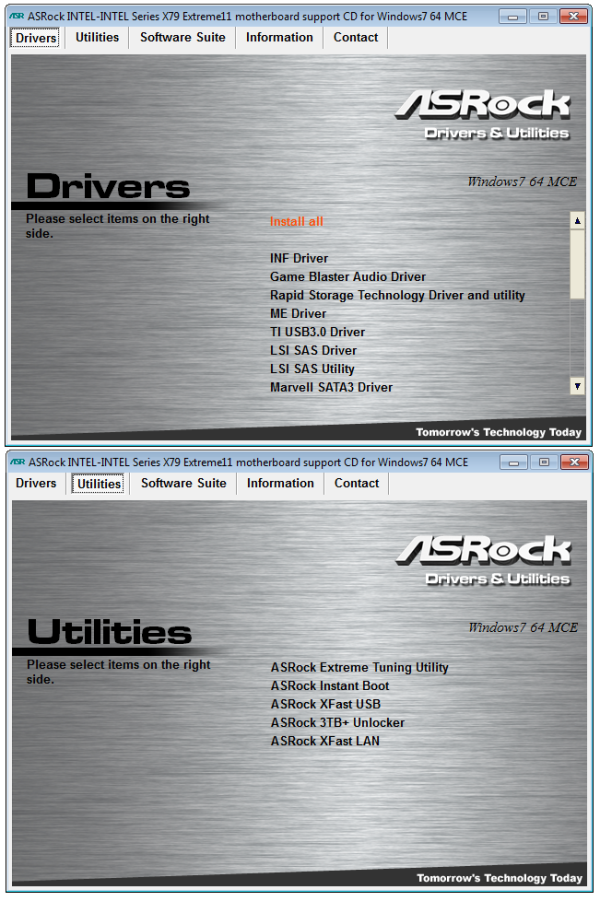
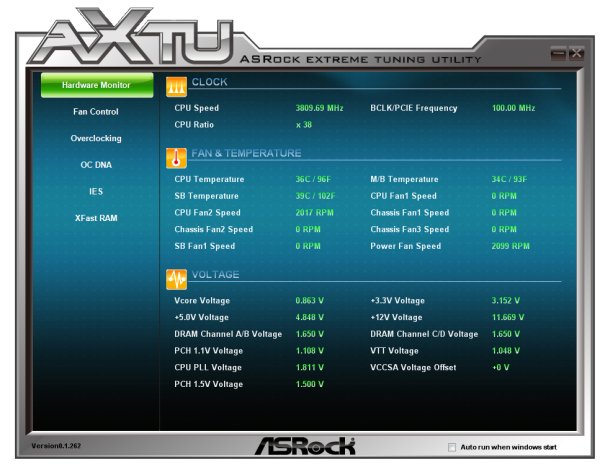
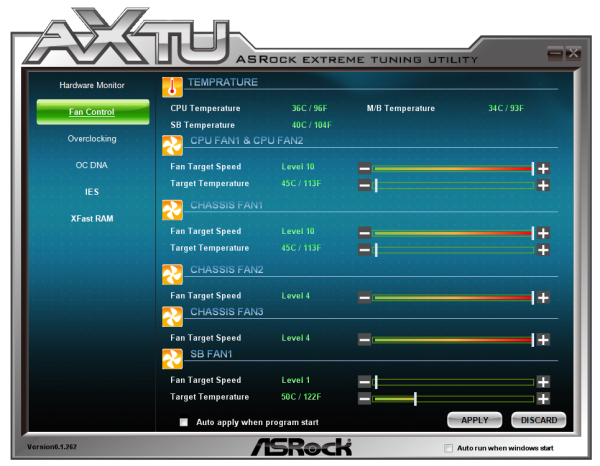
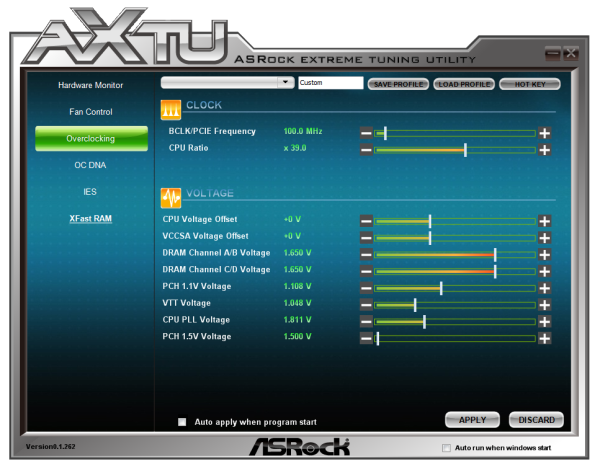
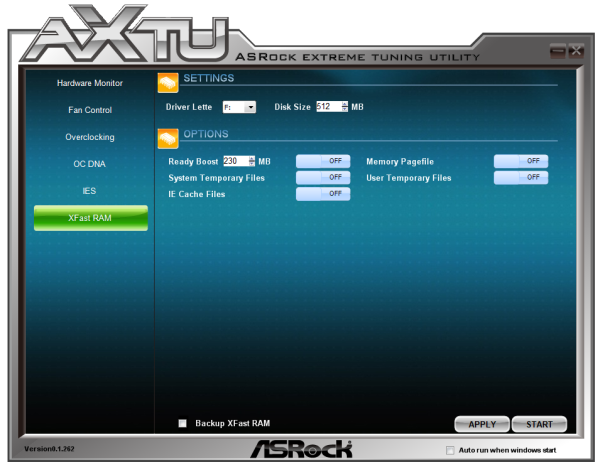
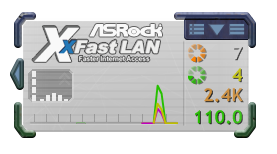
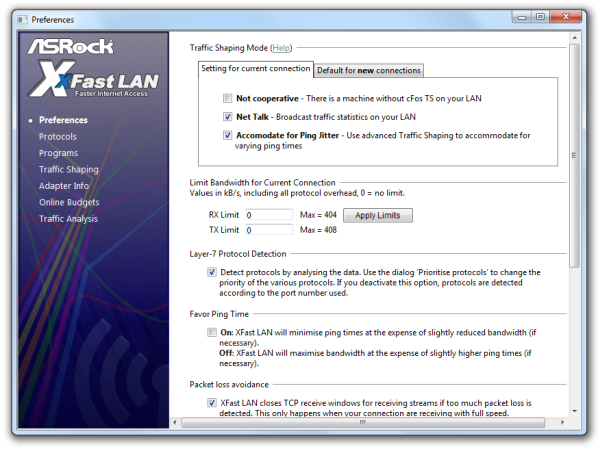
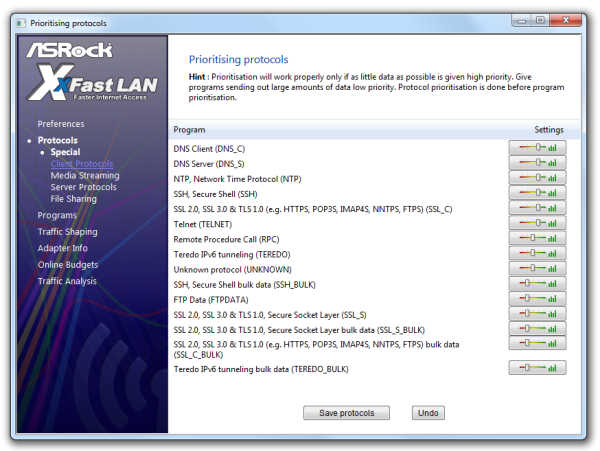

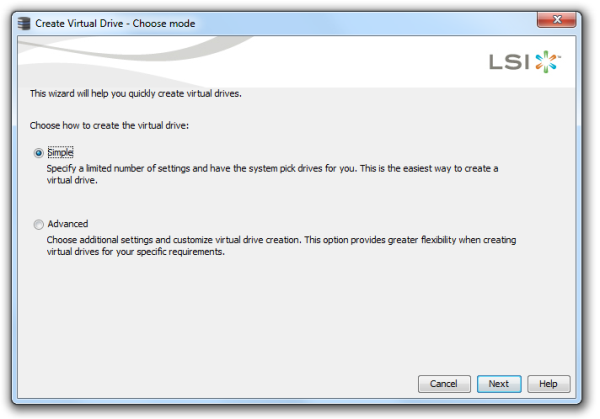

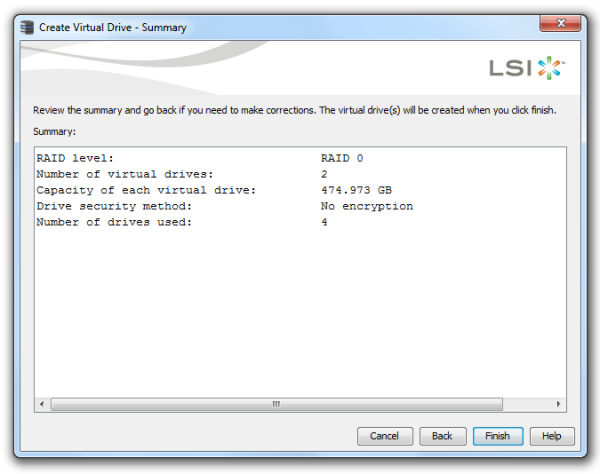
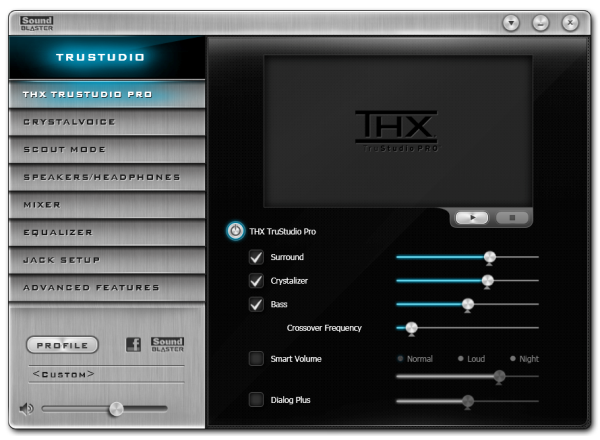
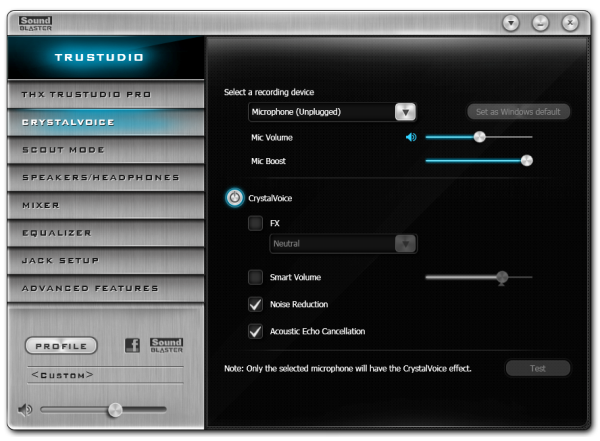
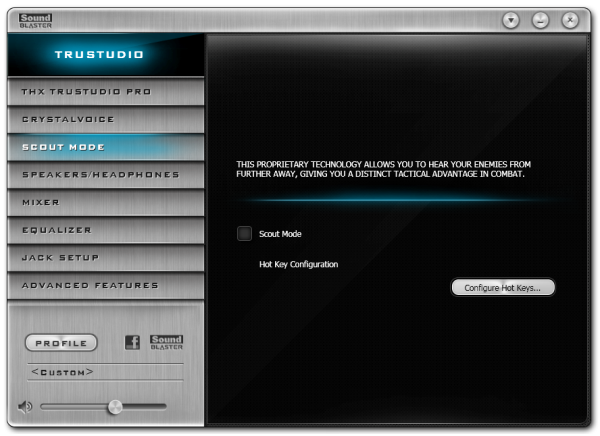














62 Comments
View All Comments
AssBall - Tuesday, September 4, 2012 - link
It is like buying an F350 Superduty Harly Davidson Ed. when a Honda Fit would haul all your stuff. But hey, more power to ya!Taristin - Monday, September 3, 2012 - link
Almost 2013 and the board still says ATi Crossfire X? Hasn't AMD officially retired the ATi brand yet?Grebuloner - Monday, September 3, 2012 - link
This is bothering me as I started reading: You keep mentioning 70 lanes of PCIe with the two PLX chips+CPU leftover...divided into 64 for the x16's and "the other 8" for the LSI chip. 64+8=70? Why not just write 72 and end the confusion?IanCutress - Monday, September 3, 2012 - link
Yes, simple math fail. A brain fart. Call it what you will, I made a mistake, and it should now be corrected. Though a simple email would be a lot more polite... :)Ian
Performance Fanboi - Monday, September 3, 2012 - link
Nope, you made a simple arithmetic or grammar error on the internet, LET THE LASHINGS COMMENCE!Grebuloner - Monday, September 3, 2012 - link
Fair enough, my apologies, next time I shall email. Being a math teacher I get all riled up at math errors.errorman1 - Monday, September 3, 2012 - link
Mr math teacher, not to be rude but just thought I'd pass this bit of scientific wisdom along.When people make errors they do so largely unconsciously, human beings DONT live in reality sadly, including you. What you understand or makes it to your conscious awareness is only a fraction of what is going on in your brain which by and large you don't control.
Just remember the world doesn't operate on our expectations, morality and 'free will' it operates on cause and effect - the laws of nature. Everyone forgets this fact every day and it leads to great comedy!
The human mind has limited resources with which to attempt to model the world and it's environment so we should expect errors and blunders as just a law of nature that in many instances people not as blesses in terms of well functioning complex of biological processes.
http://bit.ly/dYaWUc
Death666Angel - Tuesday, September 4, 2012 - link
I don't see posting the mistake in the comments as impolite. I have done so on a few occasions (typos, wrong calculations...) and did so because it was the fastest way for me to do that. Expecting me to fire up the email program or go to my online email, log in, copy your email adress, type up a formal email, all to appear polite to you while trying to help you is asking for a lot. :-)mfenn - Monday, September 3, 2012 - link
The comment in the article, "the LSI controller allows for RAID 0, 1 and 10 only, which is a little odd," struck me as a little odd.The LSI SAS 2308 is a lower-end chip based on their Fusion-MPT architecture, which has never had an onboard cache or parity (RAID5 and 6) support. Fusion-MPT chips, suitably rebranded of course, are typically used as the base option for SAS connectivity in enterprise-grade servers, with an option to upgrade to a more featureful RAID controller with onboard cache and parity support.
FunBunny2 - Monday, September 3, 2012 - link
Real Men don't use RAID 5/6.